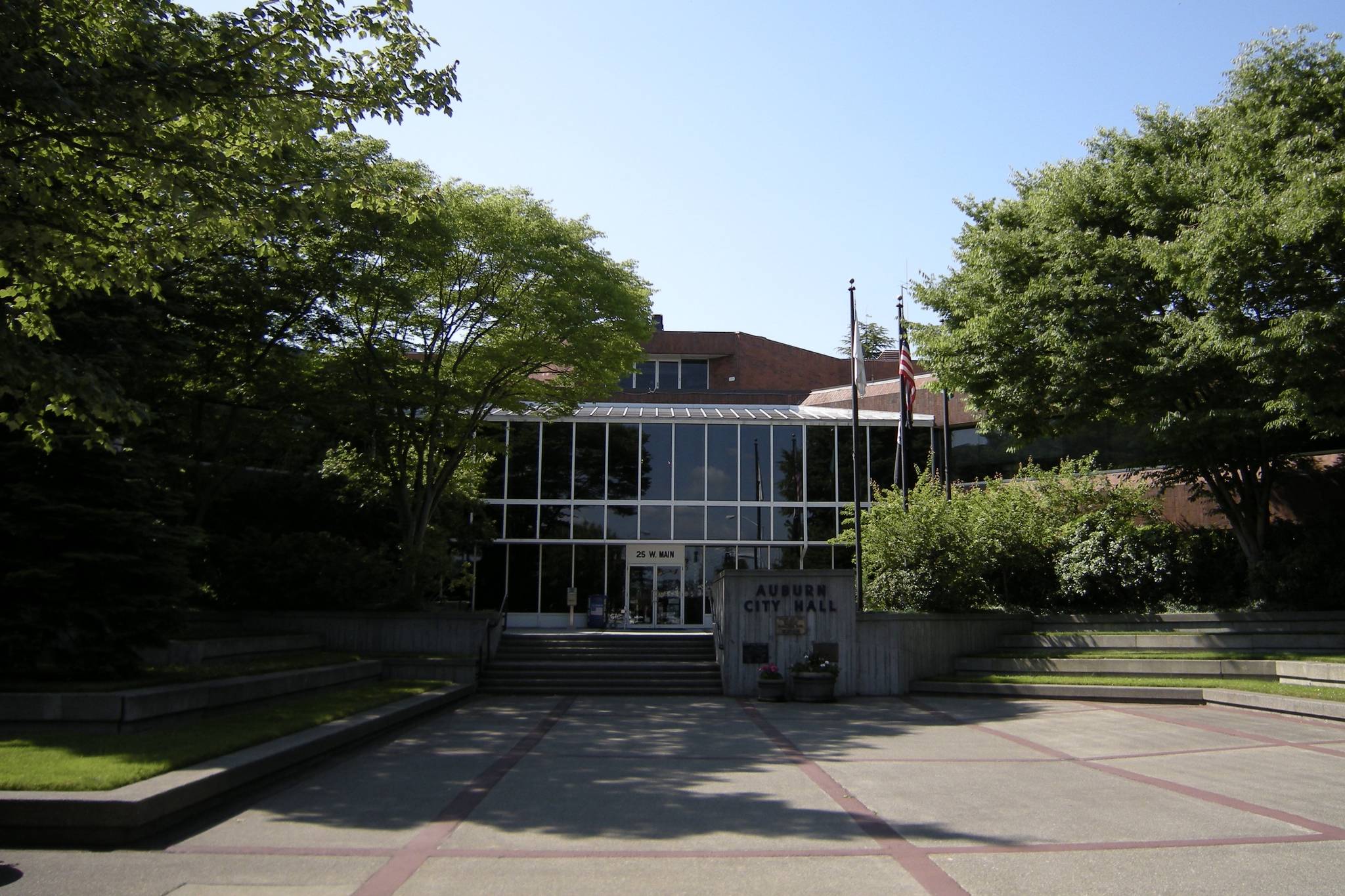At 7 p.m. May 17, the city of Auburn’s first ever Business and Occupation Tax ordinance comes up for a vote at the regular Auburn City Council meeting.
Whatever the council decides will be the end product of a hammering process that began this past February, as council members and city staff began a series of meetings to hear proposals and flesh-out scenarios related to a gross receipts tax. and on top of that for owners of large warehouses, a square footage tax on warehousing space.
Berk Consulting Agency of Seattle studied the city’s general fund finances in 2020 and forecast that over the next decade, a gap would open between the revenue Auburn takes in and what it spends.
That gap would widen year by year, until by the end of that decade, it reached a crippling $10 million, according to the consultant.
The general fund pays for most city operations.
The task of city leaders then became to scout out ways to help fill the gap — a job the current pandemic has made much tougher. Financial director Jamie Thomas said the goal is to generate $6 million in new taxes to help plug the $10 million gap, then use other revenue sources or cost-recovery model amendments to make up the difference.
Those discussions also ranged over the relative impact of the taxes on various businesses in Auburn and on different sorts of businesses.
On May 10, Thomas, presented the finalized ordinance, as she said, based on the direction she received from most council members at the last study session that focused on the tax.
A built-in threshold directs that the gross receipts tax will apply only to businesses whose gross receipts per year total $500,000 in revenue or more, but exempts any businesses that fall below that threshold, Thomas said.
The gross receipts tax assumes a variable rate structure ranging from:
■ A half of 1 percent B&O tax for the retail sector;
■ 0.15 percent for the services sector;
■ 0.1 percent for the manufacturing sector; and
■ 0.18 percent for the wholesale sector.
As for the square footage tax, the ordinance assumes a 10-cent-per-square-foot tax per economic quarter for warehousing businesses with a total of more than 4,000 square feet of space.
The ordinance includes the same tax credits city leaders have been discussing since they began the process. For instance, it gives each new business a $1,000 tax credit per employee as long as the business brings at least 20 employees into the city.
As for exemptions and deductions, it offers a deduction that applies to alternative fuel and hybrid-vehicle sales.
The way that works, Thomas said, is that a car dealership that meets the threshold for the B&O tax could deduct from its total gross income the value of a new vehicle worth $45,000 or a used vehicle worth $30,000 to encourage the sales of clean-fuel-burning vehicles.
This exemption is modeled on the state sales tax exemption that already exists on the same types of vehicles, Thomas said. Total gross income revenues here means “less the cost of goods and expenditures before taxes.”
Employing similar language other cities are using throughout the region, Thomas continued, another exemption recognizes the valuable services that non-profit hospitals and non-profit health care providers offer city residents, although such hospitals or health care centers are either uncompensated or undercompensated by either Social Security or disability payments.
“Taking into account the value and benefits these non-profit hospitals and non-profit health care centers have … if they have a gross profit of less than $30 million a year, they’d be exempt,” Thomas said. “Furthermore, if they actually generate more than $30 million in profit, they wouldn’t be exempt, but they would be able to deduct the first $30 million in their actual revenue for determining taxes.”
The new taxes would go into effect early in 2022.



